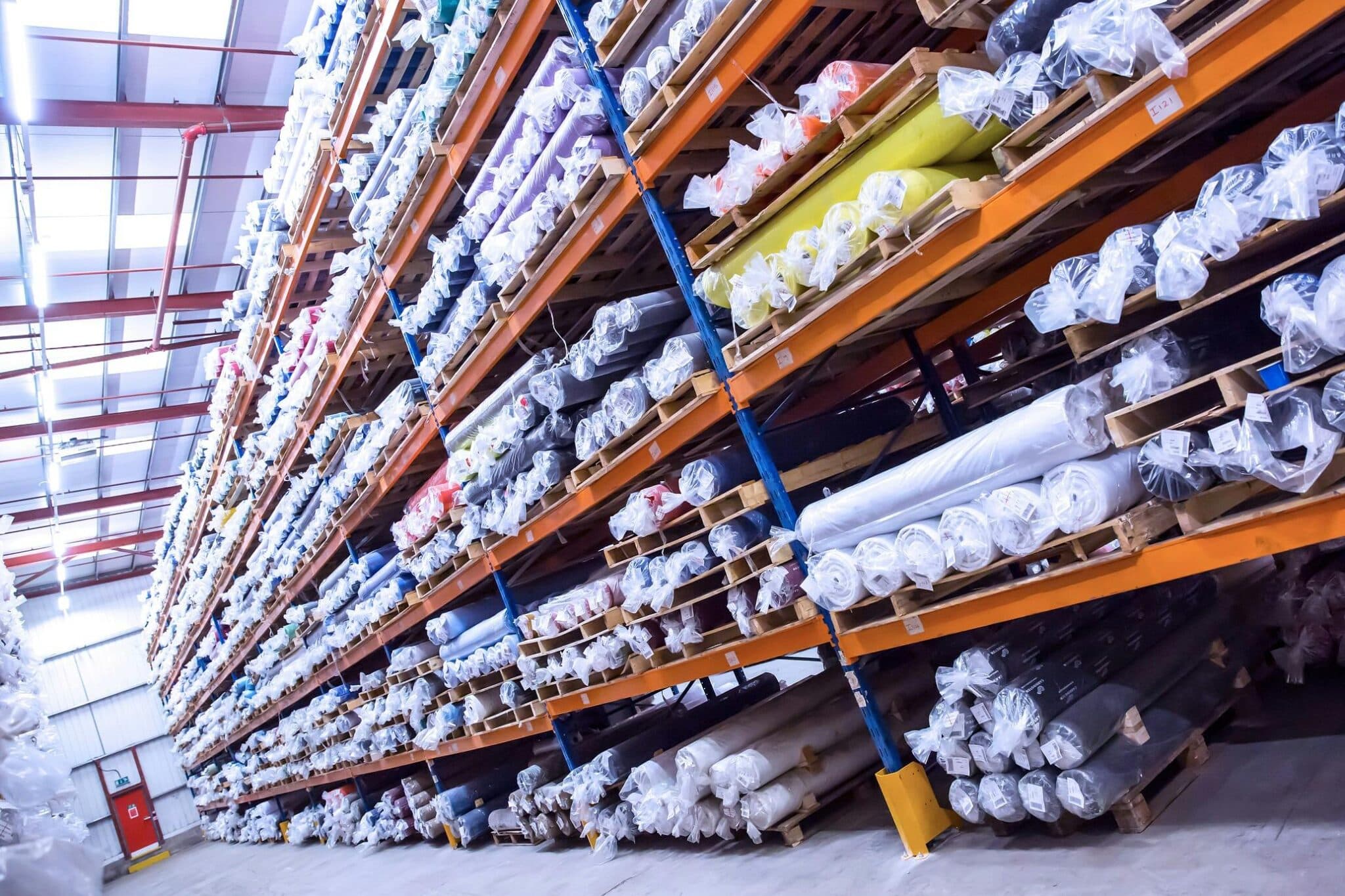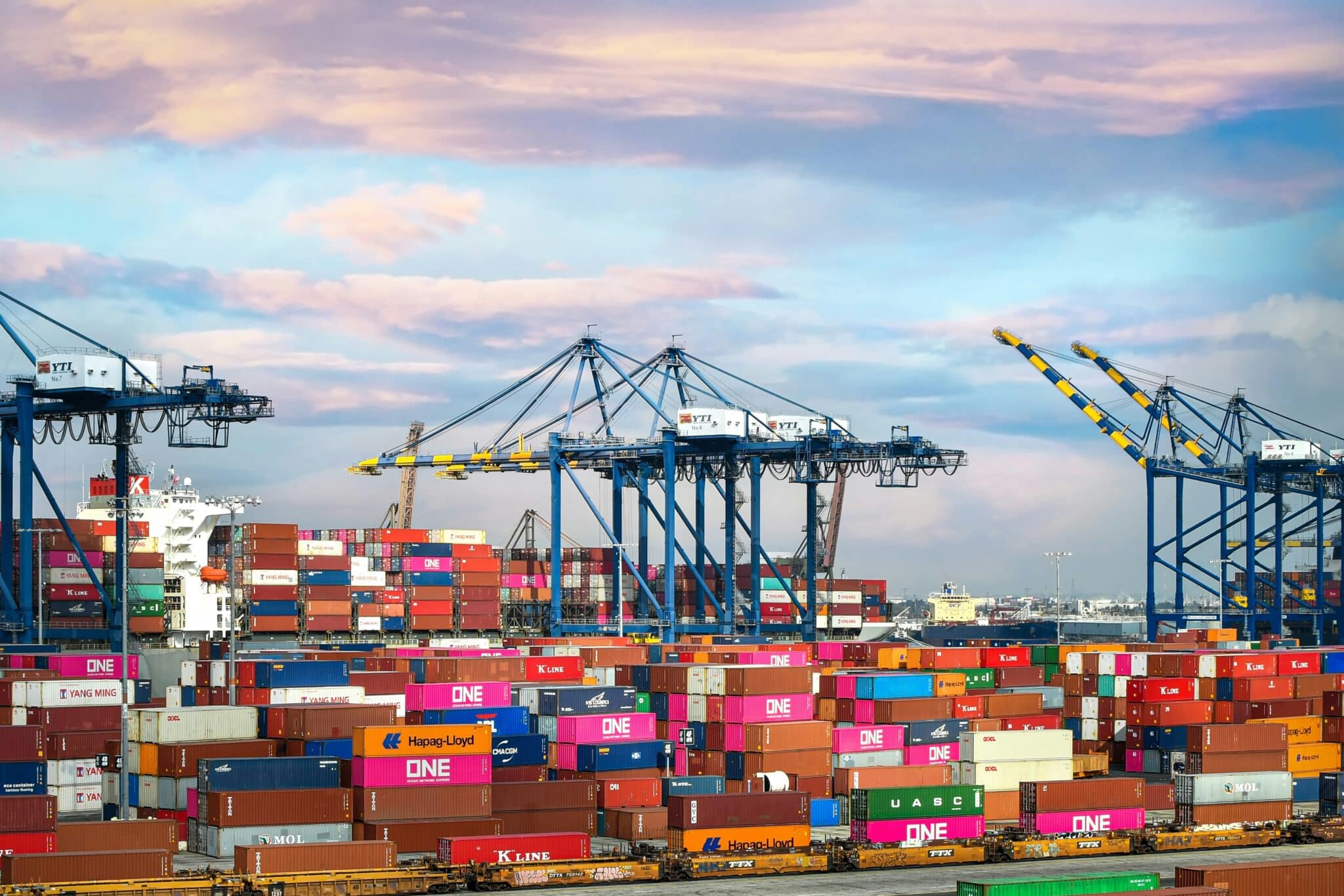Based on our work with clients; analysis of the wholesale and distribution sector; and input from expert consultants; we’ve identified the characteristics that define world-class wholesale organisations. This set of capabilities forms an anatomy that sets apart those businesses who are best placed to succeed as we move forward from the turbulence of 2020.
We have formulated a model for potential, based on what we see as the strongest indicators of organisational health across 6 key areas. Strength in each of the elements gives an organisation both resilience (to absorb and manage market and economic pressures) and strength (to outpace/out-manoeuvre competition and act on opportunity).
The final area to look at is integration and alignment.
Maintain focus on a single version of the truth
For a business to thrive, everyone needs to be able to collaborate and push in the same direction whilst pinpointing the priority areas for attention. There must be a vision of one team, working from one version of the truth. Achieving this cohesion is even more important in times of volatility and uncertainty.
Better insights drive better decision making. Access to the information required relies not just on end-to-end visibility of the supply chain, but also an understanding of the underlying drivers, risks and opportunities. Knowing what is possible, rather than just what is currently happening, is a valuable awareness. To achieve this, world-class organisations combine measurement and human interaction.
Insight and understanding cannot be developed without knowledge and relationships. Having a combination of statistical agility and solid human collaboration means that good relationships can be leveraged when they are needed.
Key characteristics
Within each area of the anatomy of a world-class wholesale organisation, we have outlined a series of defining characteristics. When considering integration and alignment, these traits are as follows:
Supplier management: Our inventory management team have a detailed understanding of our suppliers’ operations. This enables us to optimize procurement, order frequency/quantity, drives better forecasting and allows for proactive management of unexpected issues.
Client insight: We have an in-depth understanding of our clients’ business dynamics, goals and plans. This enables proactive management of unexpected issues to avoid impacts on service levels or costly ’emergency’ replenishment.
The organisations best placed to succeed have a full overview of both their suppliers and clients and their ways of working.
Client relationships: We work in close collaboration with our clients. This drives better planning and forecasting and delivers increased sales and higher margins for both parties.
World-class organisations work alongside their clients to maximise returns for all.
Why it makes the difference
When the whole value chain is aligned, it provides access to a single version of the truth. There is visibility across clients, suppliers, products and the key operations within your business.
Everyone has awareness of these elements. Access to the resulting insights leads to greater opportunity to tune them to achieve optimal performance and drive profitability.
Alongside a centralised system, process must be integrated across the business to maintain the focus on the single version of the truth. When approaching full supply chain visibility, a degree of looking outwards is required to ensure activity is aligned with the aims and behaviours of clients and suppliers as well as your organisation.
The circular nature of the relationships and outcomes then kicks in. Better consumer experience is beneficial for retail clients and then drives sales and stock turn. In response, smoother ordering processes and increased volumes enhances supplier relationships which then feed back into being able to deliver more for the end consumer.
In our experience, it’s difficult for organisations to self-diagnose the key areas where change would have the biggest impact. The diagnostic tool we have created gives you the opportunity to pinpoint priority areas for attention, highlighting specific activities to help you enhance business performance and resilience.
What is the strength and resilience of your organisation? Try our self-assessment tool today.





